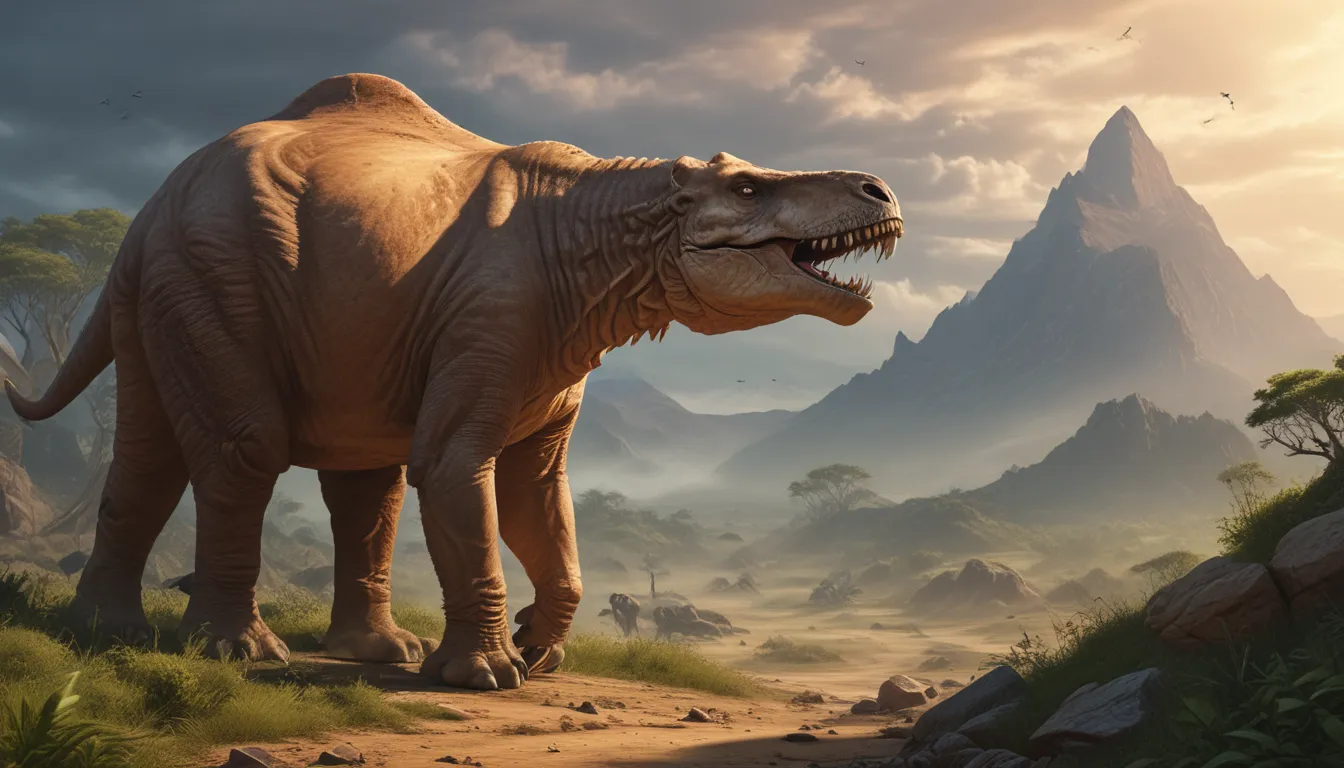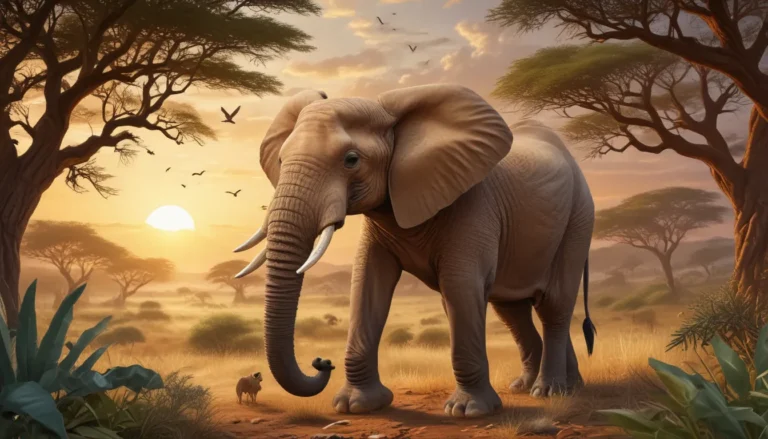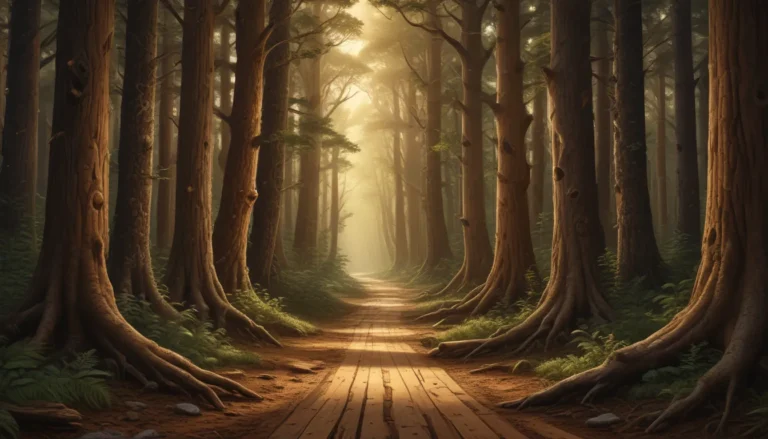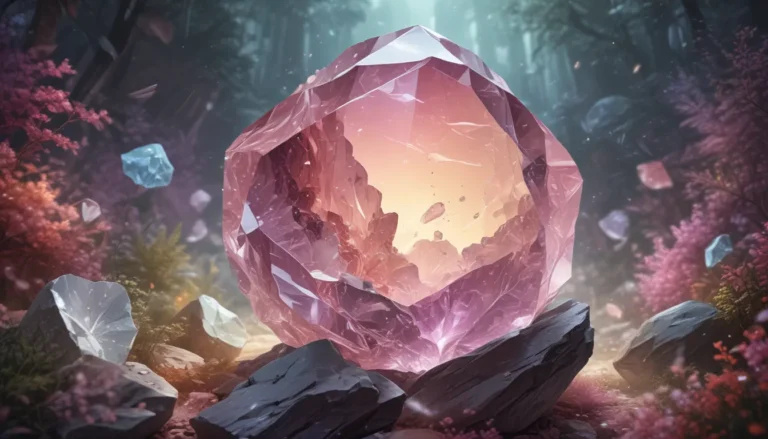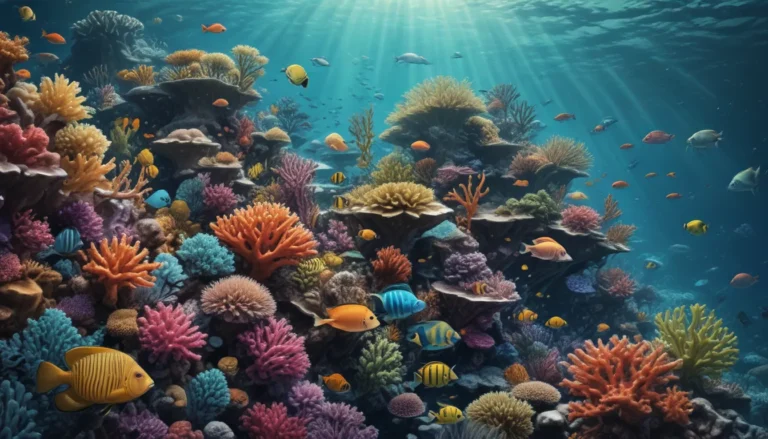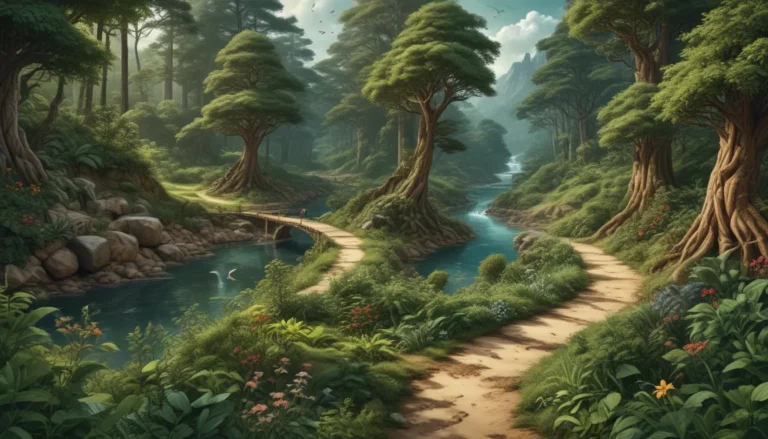The pictures we use in our articles might not show exactly what the words say. We choose these pictures to make you interested in reading more. The pictures work together with the words but don’t take their place. The words still tell you the important facts.
In a world filled with wonder and mystery, the concept of extinction continues to fascinate and concern us. From the dinosaurs of ancient times to the current threats facing our planet, the facts and figures surrounding extinction are both alarming and educational. Join us on a journey through the extinction facts that shed light on the environmental crisis threatening the world.
Uncovering Extinction Facts
Quick Facts
- Human activity in the last 500 years has brought extinction upon more than 800 species.
- The IUCN Red List has recorded 41,415 endangered species of both animals and plants.
- 16,306 of the listed endangered species are under the threat of extinction.
- There are already 785 total extinct species.
- 65 of these species can now be only found in captivity or in cultivation.
Essential Facts
- Of all the organisms that ever lived on the planet, over 99% have already gone extinct.
- Extinction is a threat to endangered species upon reaching a certain existence number.
- Two main reasons for extinction are habitat loss and lack of genetic variation.
- Humans might have quickened species extinction by a thousand times.
- The famed dinosaur might be ancient, but it was the most recent of the 5 prior mass extinctions.
Interesting Facts
- Nazi party leaders had an infamous goal of resurrecting extinct animals.
- Scientists believe that the spread of rabies might be behind a few species’ extinction.
- Martha, the world’s last carrier pigeon who died in 1914, was named after Washington’s wife.
- The rising fame of the Brazilian bikini wax made the pubic lice endangered.
- The saber-tooth tiger, extinct since 10,000 years ago, weighed heavier than a grand piano at 1,102 pounds.
The Discovery of Extinction
Extinction Facts Infographics
Greek philosopher Aristotle had never considered the concept of extinction.
The great philosopher Aristotle, in his ten-book series "History of Animals," believed in the eternal existence of all species. This belief shaped early scientific understanding until the discovery of extinction.
The concept of extinction only came about in the early 1700s.
The discovery of the American mastodon’s fossil challenged the prevailing belief in eternal species, leading to the recognition of extinction as a natural phenomenon.
A man named Georges Cuvier 'discovered' extinction.
Georges Cuvier's pioneering work in paleontology at the Museum of Natural History laid the foundation for understanding extinction as a scientific concept.
The Red List measures a species’ threat of extinction.
Recorded by the International Union for Conservation of Nature (IUCN), the Red List categorizes species based on their risk of extinction, providing valuable data for conservation efforts.
The average rate of extinction is at 1-5 species per year.
Human activities have accelerated the rate of extinction, posing a significant threat to global biodiversity.
Not being consumed by humans also causes the extinction of some species.
Changes in human consumption patterns can impact species' survival, highlighting the complex interplay between human behavior and extinction.
Plants are most vulnerable to extinction.
Plants' immobility makes them particularly susceptible to habitat loss and other threats, leading to a concerning decline in plant species worldwide.
Amphibians are now the most endangered group of animals on the planet.
Despite their adaptability, amphibians face increasing threats from habitat destruction and climate change, underscoring the urgency of conservation efforts.
Journey Through Mass Extinctions
The Earth’s Mass Extinction Events
Earth has experienced five mass extinction events, each causing a significant loss of species and reshaping the planet's biodiversity.
The first mass extinction (the Ordovician-Silurian) occurred 444 million years ago.
Massive glaciation during this extinction event led to a dramatic decline in marine species, illustrating the profound impact of environmental changes on biodiversity.
The Late Devonian Extinction was the Earth’s 2nd mass extinction.
A prolonged period of extinction, characterized by environmental upheaval, reshaped marine ecosystems and slowed species diversification.
Volcanism is the suspected cause of the Late Devonian extinction.
The eruption of the Siberian Traps, a massive volcanic complex, released greenhouse gases and triggered significant environmental changes that led to mass extinction.
The 3rd mass extinction event is the Permian-Triassic extinction 252 million years ago.
Known as the Great Dying, this catastrophic event wiped out the majority of marine species and had long-lasting effects on global ecosystems.
The 4th mass extinction is the Triassic-Jurassic extinction 201 million years ago.
Intense volcanic activity and environmental changes contributed to a significant loss of species, paving the way for the rise of new forms of life.
The 5th and most recent event is the Cretaceous-Paleogene extinction 66 million years ago.
The impact of a massive asteroid near the Yucatán Peninsula triggered global environmental changes that led to the extinction of non-avian dinosaurs and other species.
The Current Extinction Crisis
Today, the planet is facing the 6th mass extinction event, driven by human activities such as habitat destruction, overexploitation, and climate change.
- Species are disappearing at an alarming rate, with biodiversity facing unprecedented threats.
- Extinction Rebellion, an international movement, seeks to address the urgent need for conservation and sustainable practices to protect Earth's precious biodiversity.
In a world teetering on the brink of the next mass extinction, it is crucial to understand and appreciate the wonders of our planet's diverse ecosystems. By sharing knowledge and taking action to protect endangered species, we can strive towards a more sustainable future for all life on Earth. Let us embrace the challenge of preserving biodiversity and safeguarding our planet for generations to come.
